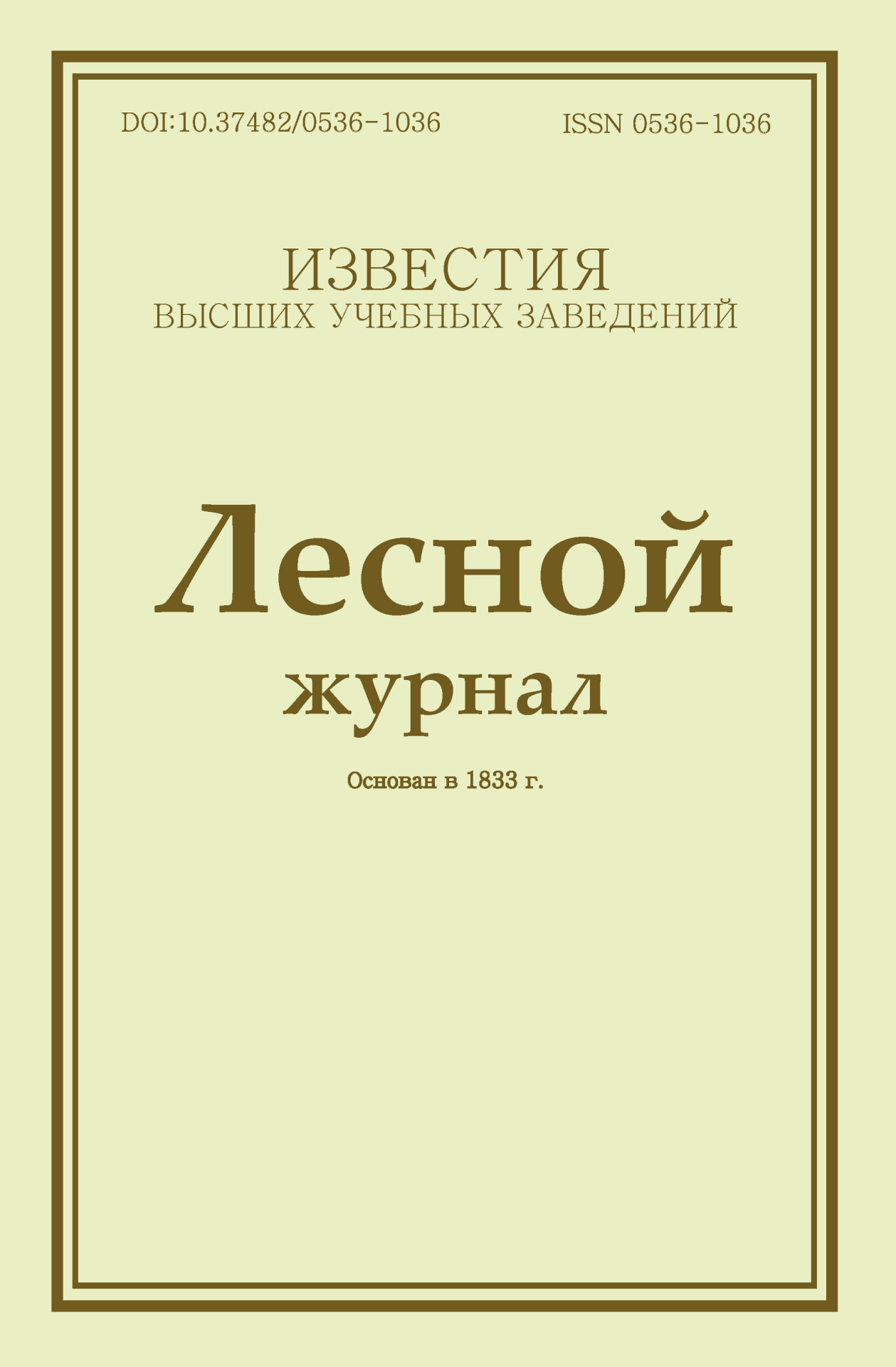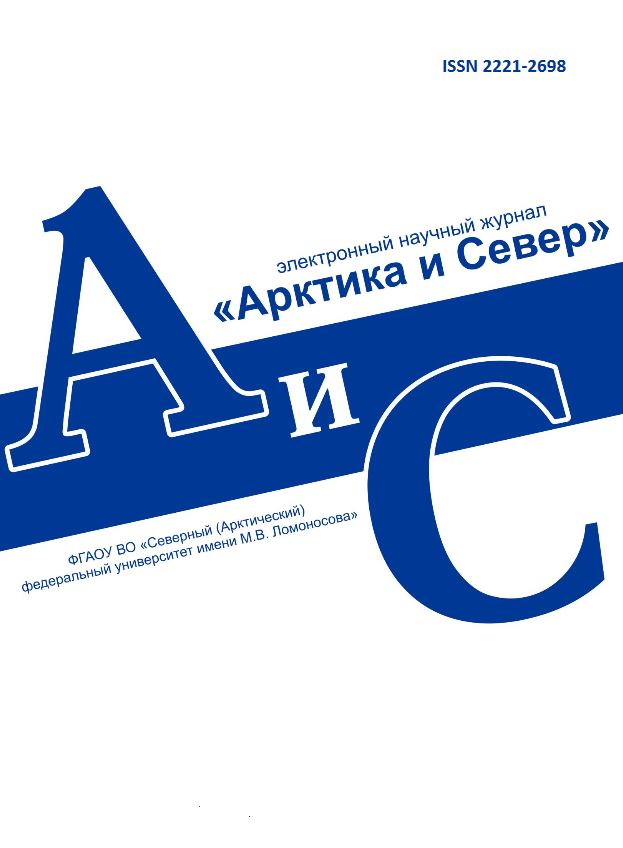
Vestnik of Northern (Arctic) Federal University.
Series "Humanitarian and Social Sciences"
ISSN 2227-6564 e-ISSN 2687-1505 DOI:10.37482/2687-1505
Legal and postal addresses of the founder and publisher: Northern (Arctic) Federal University named after M.V. Lomonosov, Naberezhnaya Severnoy Dviny, 17, Arkhangelsk, 163002, Russian Federation Editorial office address: Vestnik of Northern (Arctic) Federal University. Series "Humanitarian and Social Sciences", 56 ul. Uritskogo, Arkhangelsk
Phone: (8182) 21-61-20, ext. 18-20 ABOUT JOURNAL |
Section: Philosophy Download (pdf, 0.4MB )UDC122:172DOI10.37482/2687-1505-V464AuthorsKirill S. Golikov, Cand. Sci. (Philos.), Junior Researcher, Department of Interdisciplinary Problems of Scientific and Technological Development, Institute of Philosophy, Russian Academy of Sciences (address: ul. Goncharnaya 12, building 1, Moscow, 109240, Russia).е-mail: golikovk@gmail.com, ORCID: https://orcid.org/0000-0003-2815-0310 AbstractThis article attempts to analyse and characterize the thirty-year trend of scholars’ returning to Karl Jaspers’ concept of the Axial Age, but in its new semantic configurations. The paper studies the most significant Russian and foreign sources on this topic, identifying contemporary interpretations of Jaspers’ original concept regarding the unity of humanity’s spiritual and historical origins. Two methodological approaches to this problem were proposed: a comparative phenomenological and a rhythmic cascade (V.G. Budanov’s term) approach. While identifying the specificity of the current spiritual and historical situation, the author discussed the existential challenges that the contemporary limit situation of global uncertainty poses to the humanity, particularly from the perspective of the hypothesis of techno-humanitarian imbalance. This hypothesis was expanded with the idea that a perfect correlation between the levels of technological development and psychological maturity of humankind can be achieved by applying the golden ratio, including in its dynamic-evolutionary aspect in the form of the Fibonacci sequence. Based on the developmental trajectory of artificial intelligence, some qualitative indicators were proposed to assess the imbalance. It is concluded that the human being capable of managing the available level of modern technologies is still in formation. His emergence is linked with the necessity of an integral ethics of life rooted in human experience and encompassing a multiplicity of confessions. In the limit situation of digitalization and exponential development of artificial intelligence, humanity is faced with the ultimate questions of what humans are like as spiritual and moral beings. The author concluded by pointing out the need to recognize the acuteness of the current existential-historical situation that raises the question of a new human ontology, realized in the diverse forms of a person’s inner experience that can only be copied by a machine in a purely mechanistic way.Keywordsnew Axial Age, rhythmic cascade method, techno-humanitarian imbalance, big anthropological shift, integral ethics of the human community, supra-confessional religiosity, transcendence, new axial manReferences
|
Make a Submission
INDEXED IN:
|
Продолжая просмотр сайта, я соглашаюсь с использованием файлов cookie владельцем сайта в соответствии с Политикой в отношении файлов cookie, в том числе на передачу данных, указанных в Политике, третьим лицам (статистическим службам сети Интернет).






